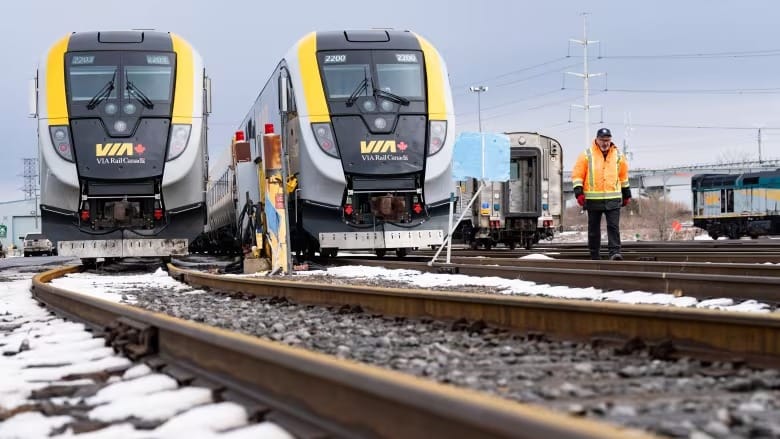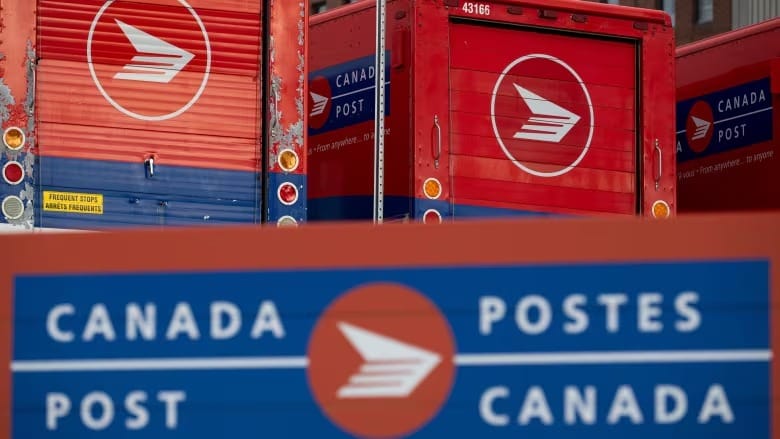Via Rail's performance has gone from bad to worse — and it's costing the company millions
Just 59 per cent of trains arrived on time last year — down 23 percentage points in 10 years

Cédryk Coderre was among the passengers stranded on a Via Rail train for 10 hours earlier this year, after the train encountered a mechanical failure. On August 31, passengers aboard Train 622, traveling between Montreal and Quebec City, were left without food and drink for extended periods and had to endure malfunctioning toilets that emitted foul odors. As frustration grew, some passengers became confrontational with Via staff, Coderre shared during a House of Commons committee session.
Coderre, a frequent traveler, pointed out that delays are more common in Canada than anywhere else he has traveled, saying, “Around the world, from what I’ve noticed, there are not really any delays compared with what we’re used to.” He noted that the August 31 incident was particularly severe, but Via Rail’s CEO stated that such occurrences are rare, despite a notable 18-hour delay on a different Via train in December 2022.
However, data reveals that Via Rail's punctuality is increasingly poor. Last year, only 59 percent of trains arrived on time, a significant decline from 68 percent in 2019 and 82 percent in 2013. This decline in performance leads to substantial delays for passengers and financial losses for Via Rail, which compensates travelers with travel credits for delays over an hour. In 2023, Via Rail paid out $1.7 million in travel credits, up from $1.13 million in 2022.
Via Rail’s on-time performance is even worse than Air Canada’s, which had an on-time rate of 63 percent, ranking the airline last among North America's 10 largest carriers. Unlike air travelers, train passengers do not benefit from a "passengers’ bill of rights" when delays occur.
The railway attributes much of the delay issue to Canada’s major freight railway, CN Rail, which controls most of the track infrastructure in the Quebec City-Windsor corridor where Via Rail operates. A Via Rail spokesperson explained that, because CN prioritizes its own freight, Via trains are often delayed, particularly on the busiest sections of track. In contrast, Via Rail’s performance is much better on the small section of track it owns between Ottawa and Montreal, with punctuality approaching 90 percent.
While Amtrak, the U.S. government-owned rail service, operates mostly on freight-owned tracks, it has significantly better punctuality, with around 75 percent of its trains on time in 2023. Peter Miasek, president of Transport Action Canada, believes that Amtrak’s better performance is due to U.S. legislation that mandates passenger trains be prioritized over freight. Canada lacks similar regulations, and Miasek advocates for such measures here.
Miasek is also calling for the government to invest in passing tracks and sidings to allow Via trains to pass freight trains more efficiently, potentially improving punctuality. He also suggests that Ottawa negotiate a "be-nice-to-Via" clause with CN and other freight operators. Miasek emphasized that while the government’s plans for high-speed rail are exciting, more immediate solutions are needed to address the ongoing delays.
A spokesperson for Transport Minister Anita Anand acknowledged the frustration, reaffirming the government’s commitment to improving passenger rail service. The spokesperson highlighted investments in Via Rail’s fleet but did not address the issue of prioritizing passenger trains over freight.





